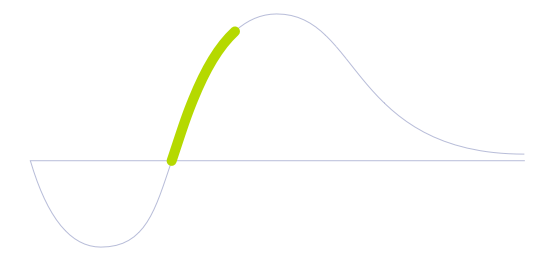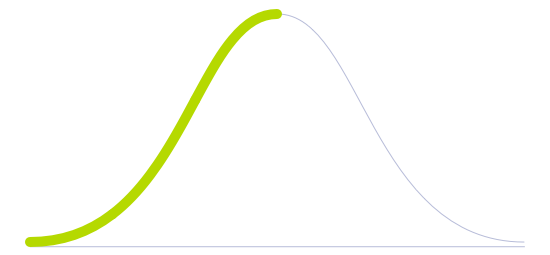Machine Learning Weather Model

Technology Life Cycle
Marked by a rapid increase in technology adoption and market expansion. Innovations are refined, production costs decrease, and the technology gains widespread acceptance and use.

Technology Readiness Level (TRL)
Prototype is fully demonstrated in operational environment.

Technology Diffusion
Adopts technologies once they are proven by Early Adopters. They prefer technologies that are well established and reliable.

By combining computational fluid dynamics with machine learning and meteorological data-sources, a predictive weather system provides a more accurate alternative to current weather prediction models. This dynamic and fluid forecast software aggregates a multitude of climate and weather-related data. This data is later rated, ranked, and weighted by machine learning to process immediate comparisons between historical data and weather forecasts. Used in this way, weather models could more efficiently take into account inaccuracies, such as overestimated rain predictions or even to perform more accurate predictions.
Apart from developing rankings, machine-learning models that use deep learning show promising results in predicting cyclones, atmospheric rivers, weather fronts, and forest fires, and can even assess deforestation. With better predictions of climate, it may be possible to modify decisions to decrease undesirable impacts and take better advantage of expected favorable conditions.
Farmers, for instance, could be better prepared to make decisions regarding crop management with the inclusion of the ideal window for sowing, fertilizing, weeding, and harvesting. In the case of urban planners, simulation models can be useful to adapt both existing projects and upcoming developments in order to make them more responsive to the consequences of climate change (for instance, reducing heat islands and adaptation of areas prone to flood), as well as more accountable to the measurements and policies that regulate emissions.
Future Perspectives
Gathering and processing high-quality data of potential environmental risks will continuously be a need for both future and present-day society. Improving accuracy in weather prediction can have far-reaching implications, not just for disaster mitigation, but also for businesses that rely on commodity futures trading or other weather-based factors. Due to the amount of data that needs to be analyzed, advancements in the quantum computing area should directly impact the accuracy of these forecasting systems.
Also, by combining this software with new infrared remote atmospheric sounding systems with cloud-penetrating microwave radiometers, space-borne radar, light detection and ranging (LiDAR), as well as remote sensing observations from the ground, it could create a sensor web around the globe for future views of the Earth. These new and improved weather and climate products are also leading to new industries, like “weather derivatives.” Weather derivatives are financial solutions that help weather-sensitive companies spread out and insure themselves against their inherent risks.
Image generated by Envisioning using Midjourney